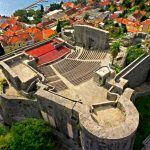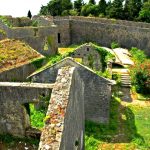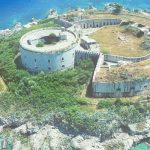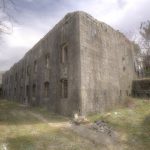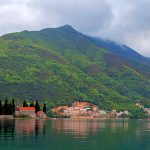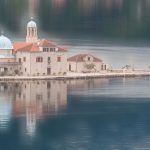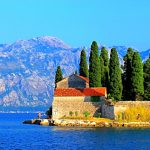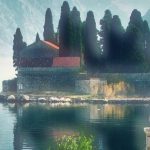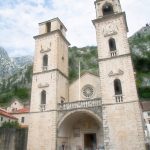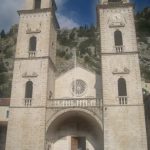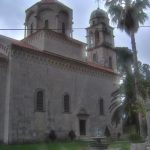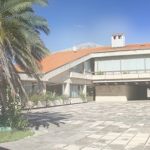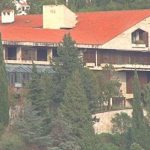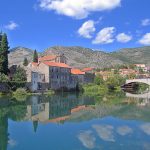Our guests, and visitors to the Bay of Kotor, may find the following landmarks interesting, and well worth visiting. The list—of sorts—is by no means complete.
Kanli–kula – a fortress built during Turkish occupation of the Bay of Kotor area. The fortress served as a prison. Nowadays, it serves as an amphitheatre.
Spanjola fortress – a fortress either built, or rebuilt by the Spaniards during their short-lived rule of the Bay of Kotor area. Thus the name – Spanjola/Španjola, from Hispaniola. Most of the inner buildings, were erected during Turkish occupation.
Mamula Fortress – a maritime fort built in 1853 by Austro-Hungarian general Lazar Mamula—whom the fortress was later named after—that was used to control entrance to the Bay of Kotor. And—obviously—prevent any unwanted entrance to it.
Fort Vrmac – another Austro-Hungarian fortification, located near the town of Tivat. Though in need of repair, it is still considered one of the best preserved Austro-Hungarian fortifications on the Adriatic coast.
Fort Gorazda – yet another Austro-Hungarian fortification. Unlike others, this one was used by Yugoslav People’s Army up until 1990s. These days it’s open to public.
Our Lady of the Rocks – a man–made island, an islet really, off the coast of Perast. There are several buildings on the island, most important of which is the Roman Catholic Church of Our Lady of the Rocks. Or, as it is known in Italian, Chiesa della Madonna dello Scarpello.
Island of Saint George – an islet near Our Lady of the Rocks. Unlike Our Lady of the Rocks, it is a natural island. It contains a Benedictine monastery dedicated to Saint George, as well as the old cemetery where members of the old Perast nobility and patrician families were buried.
Cathedral of Saint Tryphon in Kotor – Roman Catholic cathedral dedicated to Saint Tryphon, or Sveti Tripun as the saint is known locally. It is the seat of Catholic Bishopric of Kotor.
Savina Monastery – a Serbian Orthodox monastery dedicated to Saint Sava, consisting of three churches—and adjacent buildings—located near the town of Herceg Novi. The monastery was founded by herzog Stjepan (Stephen) Vukčić Kosača, a medieval magnate from Zachlumia (Zahumlje, Hum) – a historic territory that would later, years after his death, come to be known as Herzegovina (Hercegovina – from herceg, local pronunciation of the word herzog).
Island of flowers / Ostrvo Cvijeća – an island near the town of Tivat, connected to the mainland by a narrow isthmus. Once an exclusive resort meant for officers, and higher rank personnel of the Yugoslav People’s Army, these days is open to public. It contains ruins of the medieval Serbian Orthodox monastery dedicated to Archangel Michael.
Tito’s villa – villa ‘Galeb’ (‘Seagull’) in the town of Igalo, near the Igalo Spa. It once belonged to—or was meant for—President for Life of Yugoslavia, Josip Broz Tito.
Our guests and visitors, could also, well, pay visit to locations in the neighbouring countries. For example, they could visit the city of Dubrovnik—in the Republic of Croatia—a famous historical Mediterranean city, and one of the best examples of medieval Mediterranean city states. These days most famous for being the stand–in for King’s Landing on the HBO’s hit TV series ‘Game of Thrones’. Or the city of Trebinje in Herzegovina region—in the Republika Srpska autonomous entity of Bosnia and Herzegovina—which, while not as famous or popular with tourists as the neighbouring Dubrovnik, still has a lot to offer to those who wish to visit there.
Last, but not least, those of our guests—who are so inclined—can use the tennis court, located some 50 meters from our location, or jogging track, located some 250 meters from our location.
Images source: Wikimedia Commons. Images were edited.
